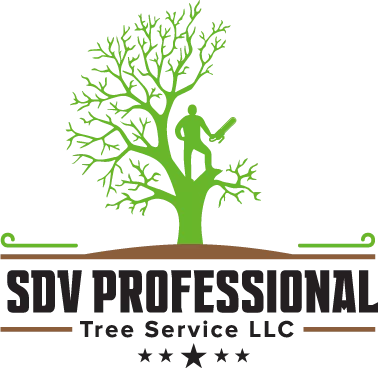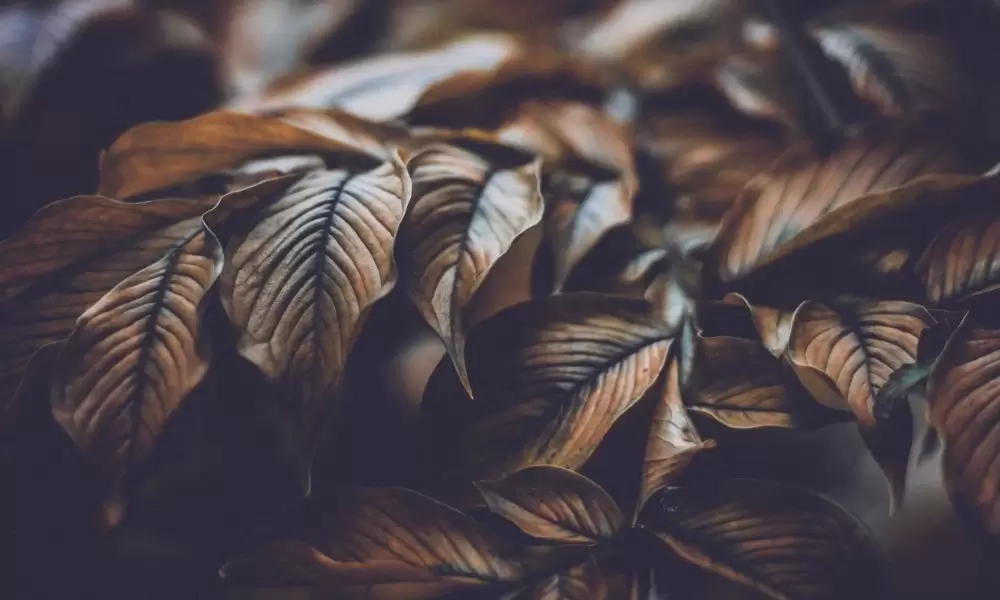
What’s The Reason for My Tree Leaves Turning Brown?
Brown leaves on trees are a frequent issue. Every homeowner with a tree on their property has noticed them more than once. However, it doesn’t mean you don’t have to worry about your tree leaves turning brown, as this may be their way to show you that something is not right, and they need help.
Trees are popular assets in properties; however, they are not only an aesthetic feature. They also provide a home and protection for some animal species. Therefore, it is vital to keep them healthy.
When noticing brown leaves on your tree, you would probably ask yourself if it’s normal or if it’s dying. Here you’ll find out the possible reasons for your tree leaves turning brown lately and what you can do in this situation.
Where Does The Color Of My Trees Come From?
To understand why your tree leaves are brown, the right place to start is to know how the leaves’ pigmentation works in nature. Tree leaves get their color due to chlorophyll, a green pigment that absorbs light. During fall, the days are shorter, causing chlorophyll production to slow down and leaves to change color.
When a tree leaves’ pigmentation starts turning brown or yellow prematurely or in another season besides fall, it’s normal to wonder why. Let’s continue with the possible causes.
Causes Of Your Tree’s Leaves Turning Brown
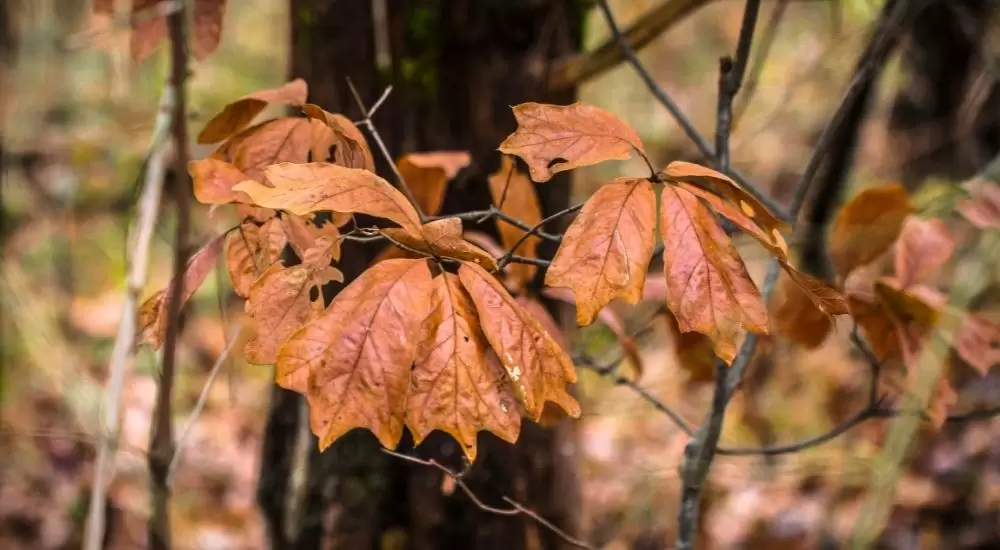
Even on healthy trees, it’s normal to notice brown leaves due to several possible causes. Some could be harmless, while others could be harmful and kill your tree if you don’t act quickly and adequately.
Here we walk you into some possible causes of your tree leaves turning brown:
- Unfavorable environmental conditions
- Exposure to winter road salt
- Lack of water or a poor irrigation system
- Nutrient deficiency
- Transplantation stress
- Pests, Fungal or Infectious disease
Unfavorable Environmental Conditions:
High temperatures and excessive sun exposure typically cause a “leaf scorch” reaction, which generates yellowing of leaf veins and browning of the tips and margins. Strong winds and too much fertilizer are also hostile conditions.
Exposure To Road Salt:
It is common to use road salt as a winter measure to melt ice and protect drivers. Unfortunately, this could damage your trees because high exposure to it can cause dehydration, ending in premature discoloration or even leaf fall in sensitive trees.
Lack Of Water Or A Poor Irrigation System:
Your tree leaves could be turning brown due to drought or dehydration, meaning that you have been watering your trees as they need to be or that your irrigation system is failing.
Nutrient Deficiency:
Just like humans and animals, trees need nutrients to be healthy, such as nitrogen, phosphorus, potassium, calcium, and even more. It’s not easy to tell what specific nutrients your trees lack, as more than one could cause brown leaves or spots.
Transplantation Stress:
When suddenly changing a tree location, the root system is disturbed, and the tree goes through a process of adaptation that could be stressful. This process is usually called “transplant shock” and could cause minimal symptoms to more noticeable ones like leaves changing color or even falling.
Pests, Fungal, Or Infectious Disease:
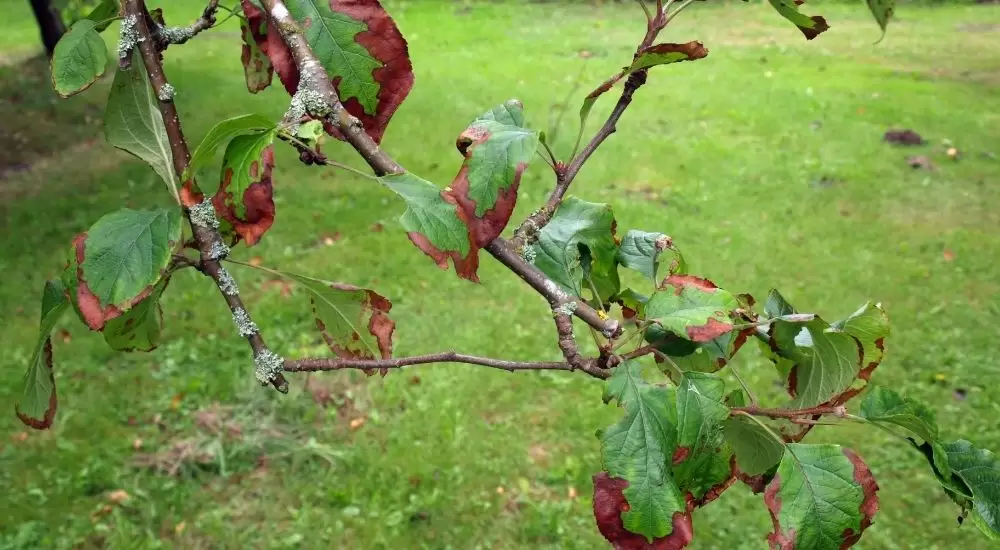
Pests aren’t typically so damaging for trees, although some insects are. The same with the Fungal infections, there are some harmless ones. Depending on the type of fungus, your tree could be in extreme danger, as they could weaken the tree’s immune system or even cause its death.
Now that you know some possible causes of your tree leaves changing color from green to brown, you probably wonder, “Can brown leaves turn green again?” “What should I do?”
Can Brown Leaves Turn Green Again?
The chances of brown leaves turning green again are low. However, this is not necessarily terrible news. Falling leaves are not equal to a dying tree.
Just as it happens during fall, trees could recover from discoloration. Nevertheless, this will depend on how severe the damage is.
What Should You Do?
As you might already notice, some causes shouldn’t be a cause for alarm, meaning that you probably don’t need a significant effort to help your tree. In other cases, it will be the opposite, and there’s a chance that you won’t be able to help your tree by yourself.
Before treating the problem yourself, it’s essential to confirm what the issue is. The first piece of advice we can give you is to know your tree and observe its usual changes through the seasons, especially if you have different species on your property.
Identify when this is happening and which trees. For example, you’re noticing brown leaves in summer or perhaps specifically in a recently transplanted tree or newly planted trees. Carefully inspect your tree and check other signs of alarms.
If you suspect that lack of water could be the cause, start watering your tree more appropriately or check if your irrigation system is functioning correctly. When you’re dealing with a recently transplanted tree, you’ll have to water it every day for the first five days or a week and then slow it down.
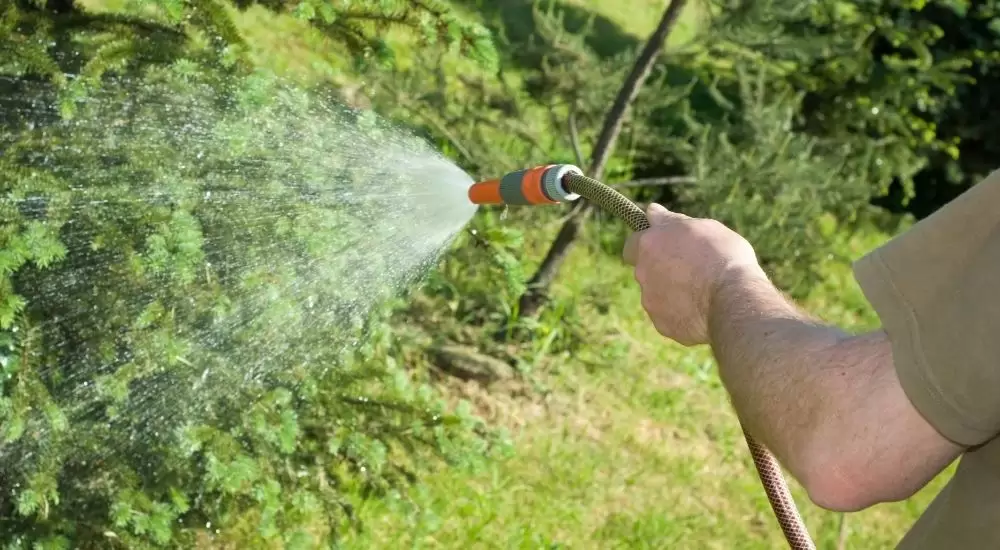
Remember that overwatering is also a real issue. Dig down into the soil to evaluate how dry it is. Some signs of a proper water tree are cold soil and moist.
In the other cases mentioned above, ask for professional help to prevent putting your tree at risk of dying. The faster you identify, the better the chances to save your tree.
Get On-Site Help To Evaluate Your Tree’s Health
It’s natural to worry about your tree leaves turning brown. However, every tree has its own needs; that’s why in some cases, it is better to get professional help to make a proper examination of your tree and eventually get the right treatment.
SDV Tree Services counts on experienced arborists that have helped homeowners around Huntsville, Al. We can perform the proper evaluation and tree care that fits your tree health needs.
Call us to learn more, or contact us through our website to get a free estimate.
